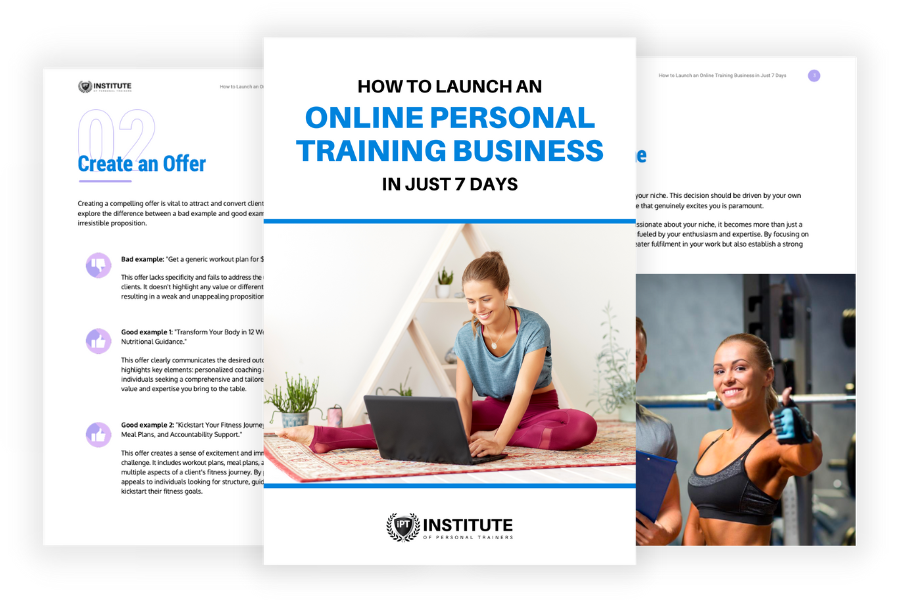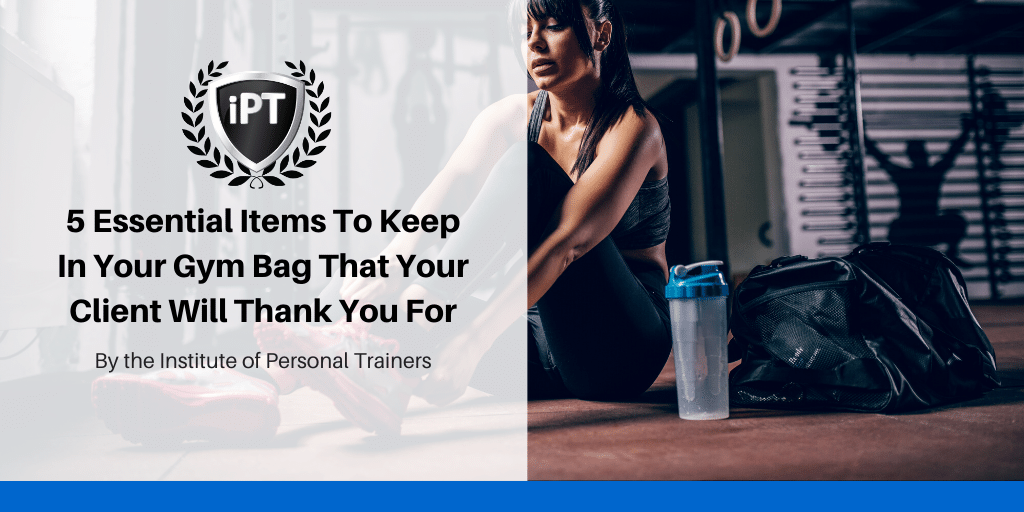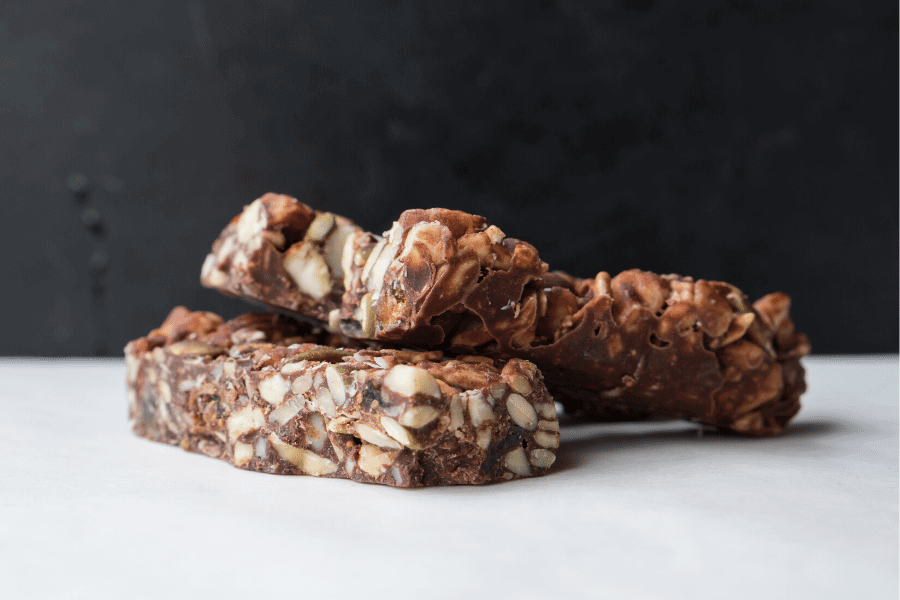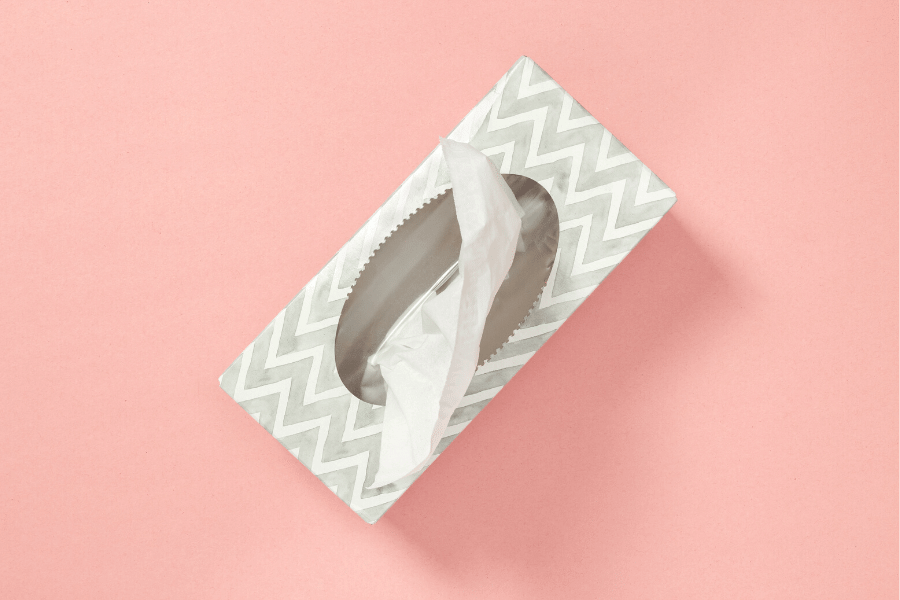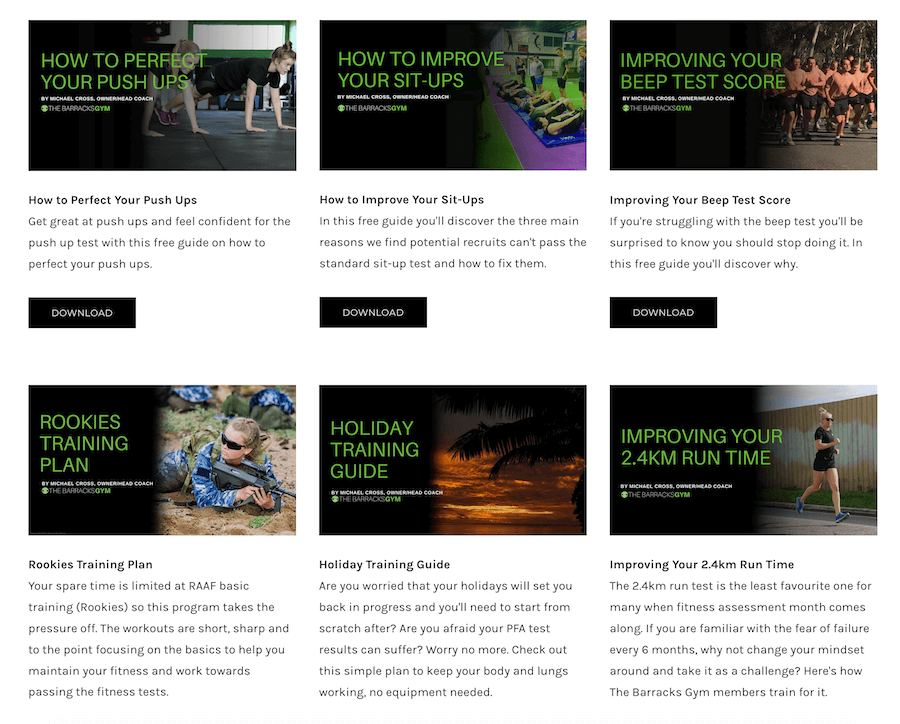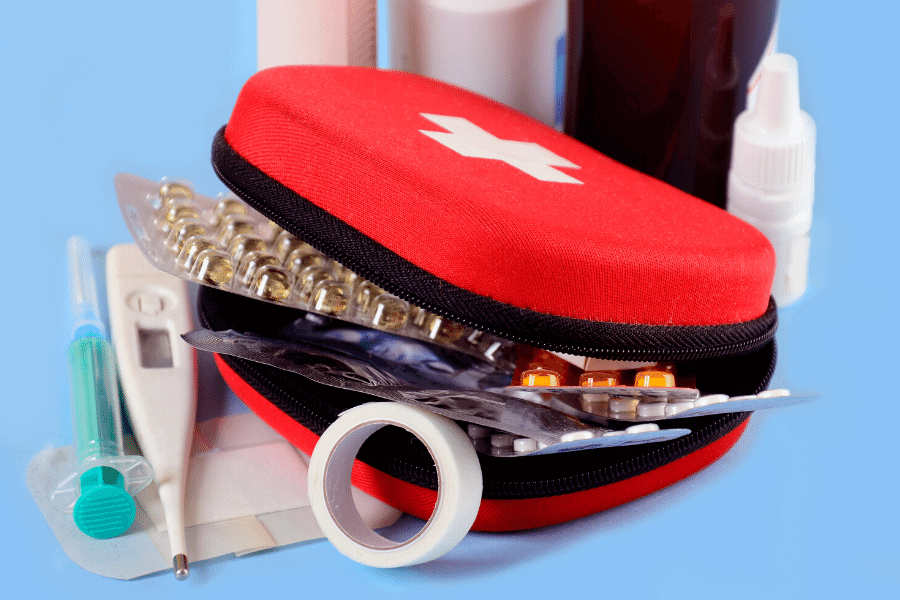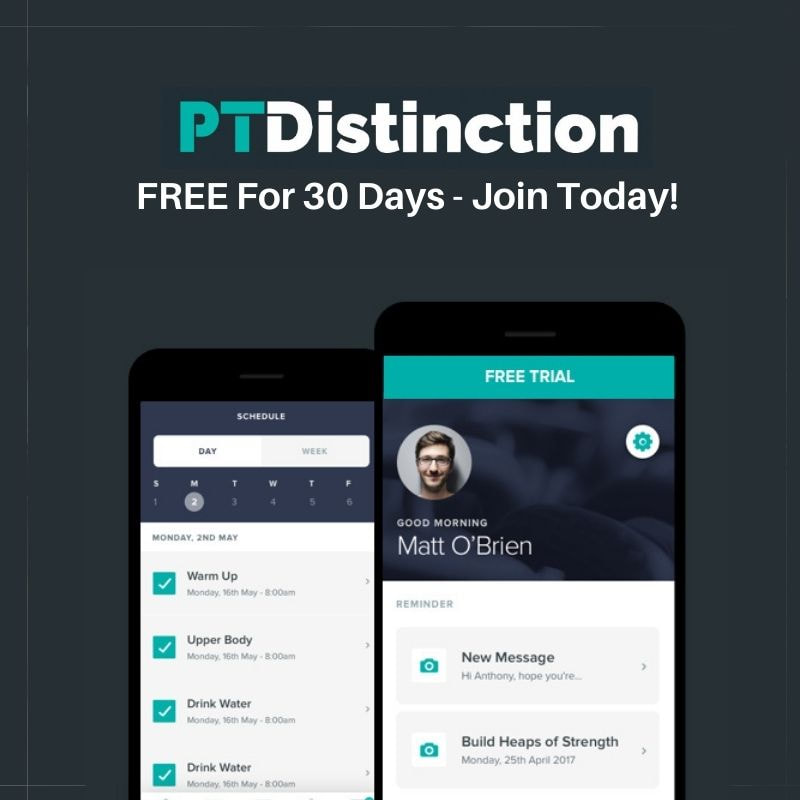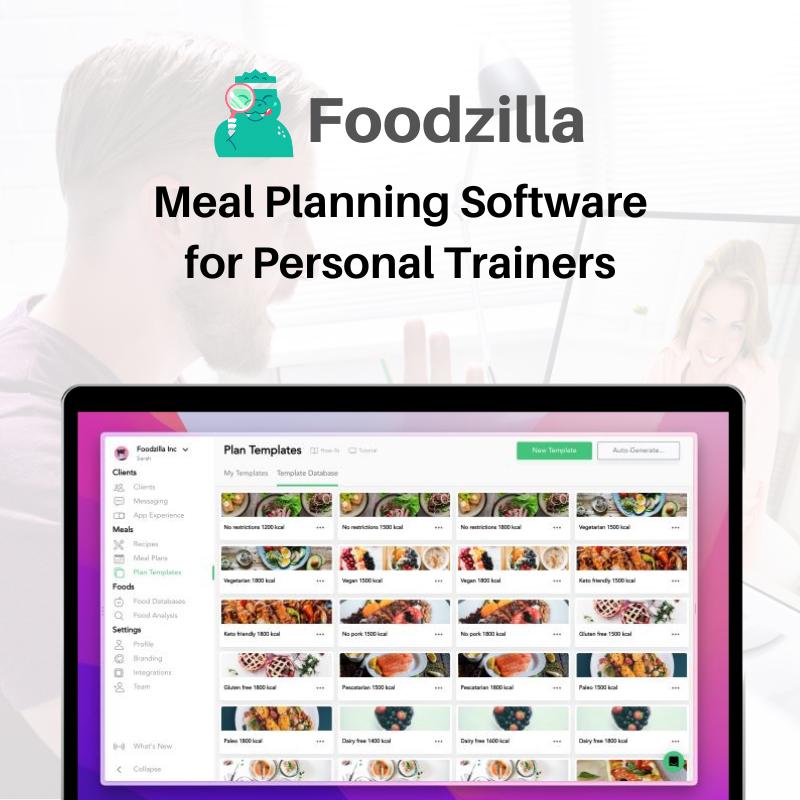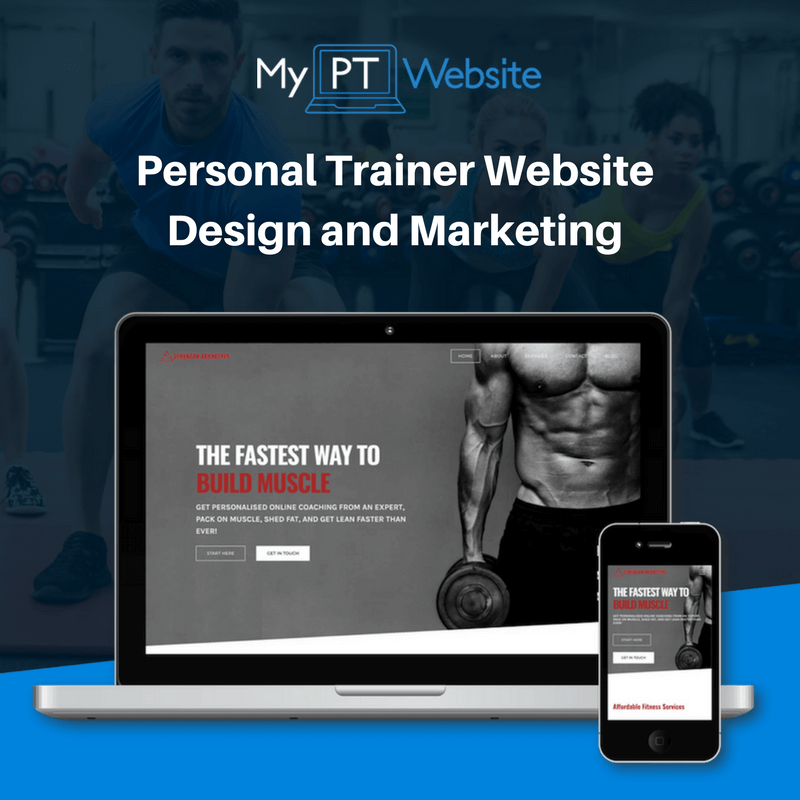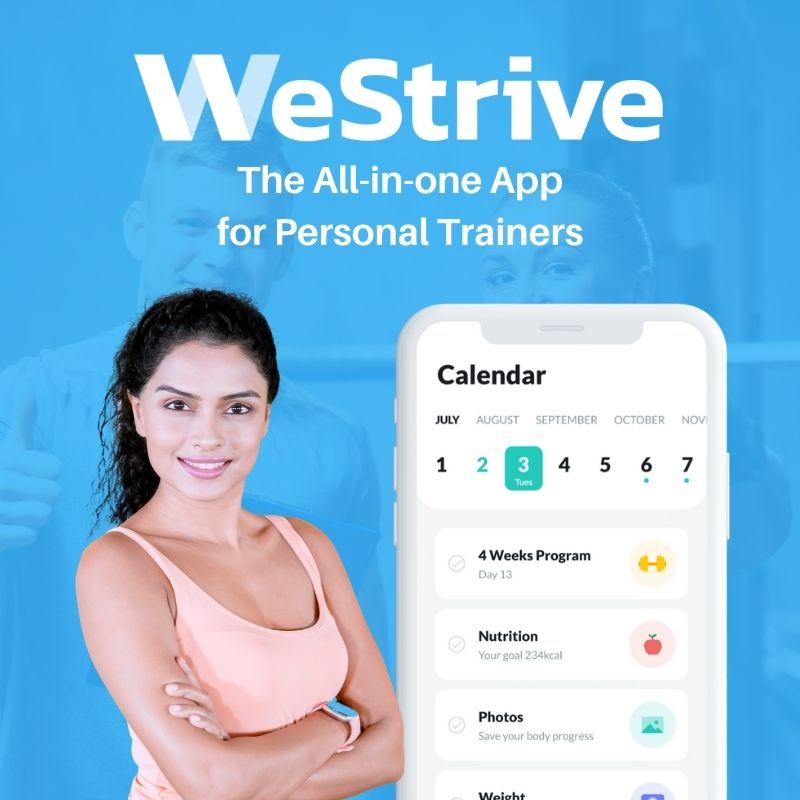|
FREE GUIDE: HOW TO LAUNCH AN ONLINE PERSONAL TRAINING BUSINESS
IN JUST 7 DAYS
✓ The new, better way of launching an online business
✓ The fastest way to create in irresistible offer ✓ A simple system to sell to clients who are interested |
|
Life on the gym floor is fast paced. You’re living on your feet and that can leave you feeling like you’re playing catch up. Clients can sense this energy, and don’t want to be made to feel like they are number 10 in a back to back parade. In this article, we’ll talk about the essential items that you can keep in your gym bag that makes every client feel appreciated and special. 1. Protein Bar or Piece of Fruit Your client has just rushed in the door from dropping the children off at the school - they skipped breakfast and are feeling dizzy. Or your client has just torn in through the door after sitting in traffic after a crazy meeting after work - they skipped lunch and they’re now distracted by a growling stomach. Your clients are usually seeing you as part of their otherwise very busy day. That might mean that they’re under nourished and over stressed. They’re managing to make it to the gym, but sometimes they feel like it’s just another ball to juggle. During times like these, starting your session a little bit slower is useful. Taking the time to sit with your client and tell them that you’re giving them some time to drop their stuff in the lockers and decompress after a rushed journey. You can frame this time as part of the session - discuss how they’re feeling, how they’re recovering after the last session, if they’ve slept well, and how their diet has been that week are all legitimate ways that you can give them some space to breathe and calm down before your session begins. If you can offer them a protein bar or a piece of fruit it can really pick them up before starting a session - or help late night snacking on big meals which could disrupt their sleep. It shows that you’re thoughtful - a person in their day who is looking out for their well being, instead of making demands on them. I don’t think I know any adults who wouldn’t appreciate that. 2. Pack of Tissues Now, these aren’t going to be necessary all the time and for some of your clients maybe you won’t ever need them. I’ve found that for many personal training clients training in the gym might be the only time they have during their week to take care of themselves. Taking care of themselves emotionally and mentally as well as physically. You can become a bit of a shoulder to lean on for many clients as they are going through challenging times in their lives. Perhaps their spouse is struggling with the time they spend at the gym. Or maybe there are increased work demands that are stressing them out. Maybe they’re going through a break up and are using the gym as a positive force for change in their lives. Whatever the problem, you may be the person they turn to when they need to talk. This shows massive trust - to turn to another adult for emotional support is a major step in how much they trust you with all aspects of their health. Having a packet of tissues and a quiet place to sit while they talk may just be the difference that your client needs at that time. 3. Wraps & Straps Not every gym will allow the use of chalk to help to improve a client’s grip; it can be messy and hard to clean up - but there are never any rules about using wrist or knee wraps or lifting straps. These are small enough to keep in your bag all the time - and they’re not just for heavy powerlifting either. A wrist wrap can be a big reassurance for someone putting any pressure on their hands - like someone doing a push up for the first time, or returning to training following an injury. They also make thoughtful and inexpensive gifts for birthdays or milestone celebrations. 4. Links to Resources This is an idea given to me by Jonathan Goodman of the PTDC.com which I will modify a little bit. He suggests that keeping journal articles in your desk at work for any clients who might have a few creaks and complaints. I don’t have a desk at the gym so I adapted this idea for a digital folder on your Dropbox or Google Drive. Depending on the population you train, you’re likely to see the same recurring physical complaints every week. Low back pain, knee injuries and shoulder issues are really common in the populations I train. Having a digital folder with articles about specific issues is a great start - but for most people, they aren’t going to read and digest a complex medical article about knee pain. Instead, keep the articles for yourself to use, but send them summaries that you’ve written - on your website if you have one or on your social media accounts. Write in easy to understand language, keep it brief, include pictures and diagrams to give them some safe exercises they can do at home. Like The Barracks Gym did here: This way, when they sit down with you for that initial consultation and they disclose that they’ve had these issues in the past, you can send them something right there and then which can provide them with some help, relief from their pain and positions you as the go-to expert to help with their pain. 5. First Aid Kit If you’re working in any kind of physical gym building (commercial or studio) you’ll already have a first aid kit there - make sure that you know where it is and that it’s regularly checked and restocked. If you are a mobile trainer, or run outdoor boot camps, you’ll definitely want to pack a first aid kit which includes antibacterial wipes and plasters. If you’re outdoors, particularly during the warm weather, you’ll also want to remind your clients to stay hydrated so bringing their own water or perhaps bring a cool box where they can pick some up from you. |
Our All In One Platform
Check out out all in one business & marketing platform for personal trainers!
WEBSITE BUILDER | FUNNELS |MEMBERSHIPS | SCHEDULING| EMAIL MARKETING| PAYMENTS| CRM | AI ASSISTANT | SURVEYS
Popular Articles
Trusted Partners
We work closely with some of the best service providers in the fitness industry.
Categories
All
|

